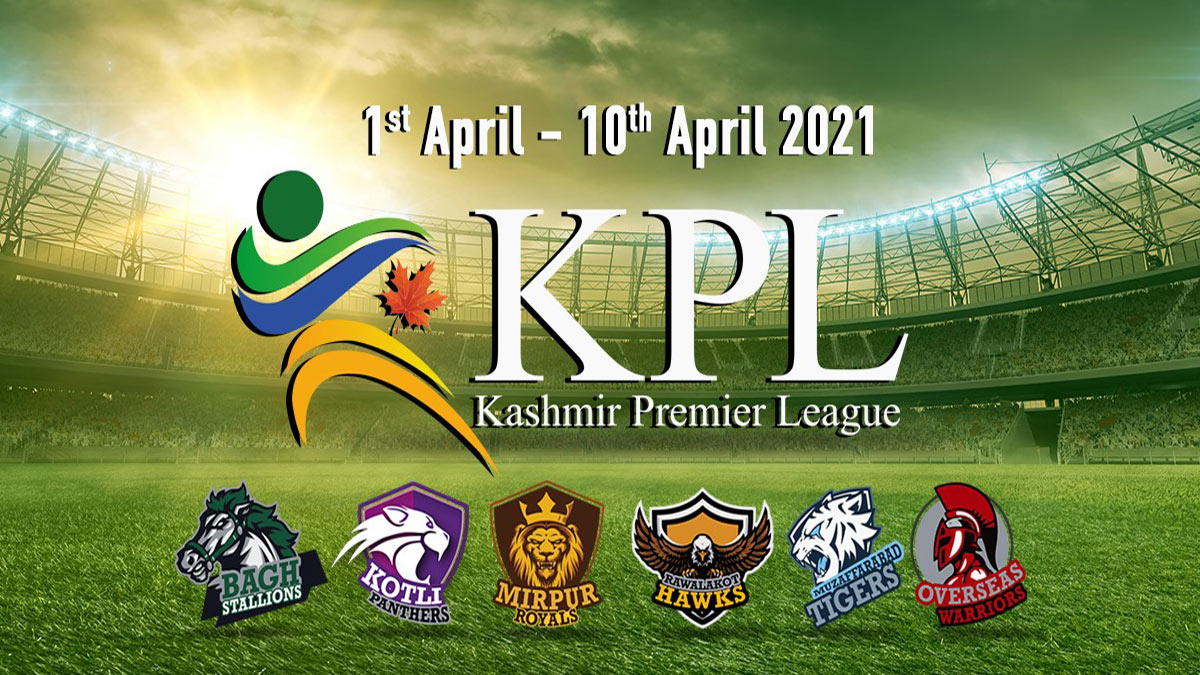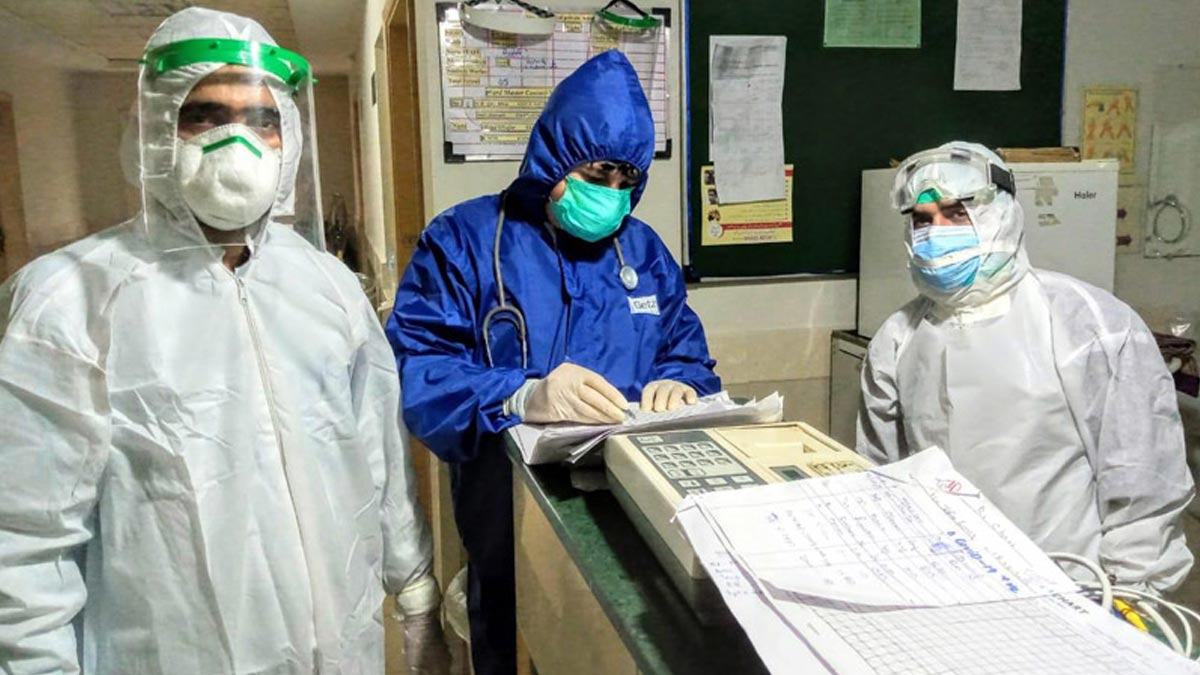- March 20, 2021
- @admin
- 0
- 20th March 2021
- Irtaza Muhammad
Ever since Bhartia Janta Party (BJP) formed government in 2014, it was desperate to abrogate Article 370 and 35A and had revealed this aggressive plan long ago in its 2014 election manifesto. After assuming power with a clear majority, BJP started its work on “Mission 44”. The party intended to secure the majority seats in J&K elections and install a Hindu Chief Minister in the Muslim-dominated J&K.

It’s quite normal for the BJP to leave no opportunity unavailed to solicit rhetoric against Pakistan and demonize the whole population of the Kashmir Valley whenever the lives of the Indian security forces personnel are lost.
BJP started its malevolent campaign of communal polarization with emphasis on the Hindu-dominated Jammu and Buddhist-dominated Ladakh regions. It was successful in forming a coalition government with Mufti Saeed’s PDP which had attained the majority votes in the Kashmir Valley. As soon as the BJP formed the government and sought to project its muscularity in the center, it resulted in an increase in violence across India. Peculiarly in Jammu and Kashmir, the BJP-PDP government worsened the situation further as each of these parties was propitiating its communal constituency.
It’s quite normal for the BJP to leave no opportunity unavailed to solicit rhetoric against Pakistan and demonize the whole population of the Kashmir Valley whenever the lives of the Indian security forces personnel are lost. They propagate such incidents to attract consolidating Hindutva votes across India.
Jingoism in Politics after Uri Attack
Burhan Wani, a leader popular among the youth of Kashmir was martyred in July 2016. This event sparked violent protests across the Kashmir Valley which were considered to be the biggest “Anti-India” protests in the recent years. Events took a new turn when four Kashmiris attacked an Indian Army camp in Uri, killing 17 personnel of the Army. In the wake of the Uri attack, Indian cancelled its participation in the 19th SAARC Summit to be held in Islamabad. Eleven days after the Uri attack, India claimed to have conducted a surgical strike inside Pakistani territory which was strongly rejected by Pakistan Government. While India was reluctant to share any details of the strike, Pakistan Army took local and international journalists to the Boxor and Hotspring formation where the Indian authorities had claimed to struck but there was no evidence of any military action on the ground. Indian Prime Minister Narendra Modi employed this claim of the so-called surgical strike to project his strong image for political benefits.BJP used alleged surgical strikes to attack Congress and to win the Gujrat elections.
Pulwama Attack
On 14th of February, a Kashmiri young man blew himself near a convoy of the Indian Army travelling on Jammu-Kashmir highway, killing 40 Central Reserve Police Force personnel. The attack gave a severe blow to India-Pakistan relations and resulted in a military standoff between the two nuclear-armed countries.
BJP left no stone unturned to amplify jingoism after the Pulwama attack. Indian Prime Minister Narendra Modi soon after the attack, said in a rally in Ahmedabad, “Ye hamara sidhant hai ke hum ghar mei ghus kar marenge” (It is our principle to hit the enemy inside its territory). These words spread like a wildfire all across India. Indian Air Force violated the air space of Pakistan on February 26th, 2019 and carried out a strike near Balakot. Pakistan Airforce retaliated the very next day and downed two Indian jets in a dogfight over the disputed region of Kashmir. An Indian pilot Abhinandan captured by Pakistan Army was later released as a gesture of peace and to de-escalate tensions, that had put the lives of millions of people in danger.
As the Indian general elections were nearby, the early surveys in 2019 predicted a close competition in elections. But after the Balakot strikes, Narendra Modi presented himself as a hero who had avenged Pulwama attack to gain votes. The New York Times reported, “In India’s Election Season, a Bombing Interrupts Modi’s Slump…Only one month ago, Narendra Modi, India’s once unstoppable prime minister, seemed surprisingly vulnerable going into his re-election campaign. Economic growth had been slowing, thousands of farmers were marching on the capital, and unemployment had hit its worst level in 45 years”. A number of problems in governance, Pakistan’s swift retaliation and capture of an Indian pilot, despite of all these setbacks, BJP gained a majority in Parliament. Pulwama Attack helped reinforce public paranoia and jingoism that led to the majority in parliament and an opportunity to change the whole political game in Kashmir. BJP Government revoked Article 370 and 35A of the Indian constitution which they were desperate for. The whole Kashmir Valley was turned into the world’s largest prison amid fear of violent Anti-India protests. Kashmiri people suffered gross human rights abuses for complete one year.
In a major development on February 25th, 2021; India and Pakistan agreed for strict observance of all agreements, understandings and ceasefire along the Line of Control. The guns have fallen silent for a week now but residents of Kashmir and particularly those living across the LoC are still in fear.
The winds of sustainable peace are once again blowing in both countries as they have shown a commitment to two decades old ceasefire. The most common question being heard from the people of the two nuclear armed countries is, “Will the peace at LoC pave the way for the initiation of a larger peace process between the two arch-rivals?
Media Links:
Country Today | Click Here

Irtaza Muhammad
The writer is a freelance contributor, associated with the Centre for Peace, Development and Reforms (CPDR).
He can be reached at irtizamuhammad23@gmail.com

















